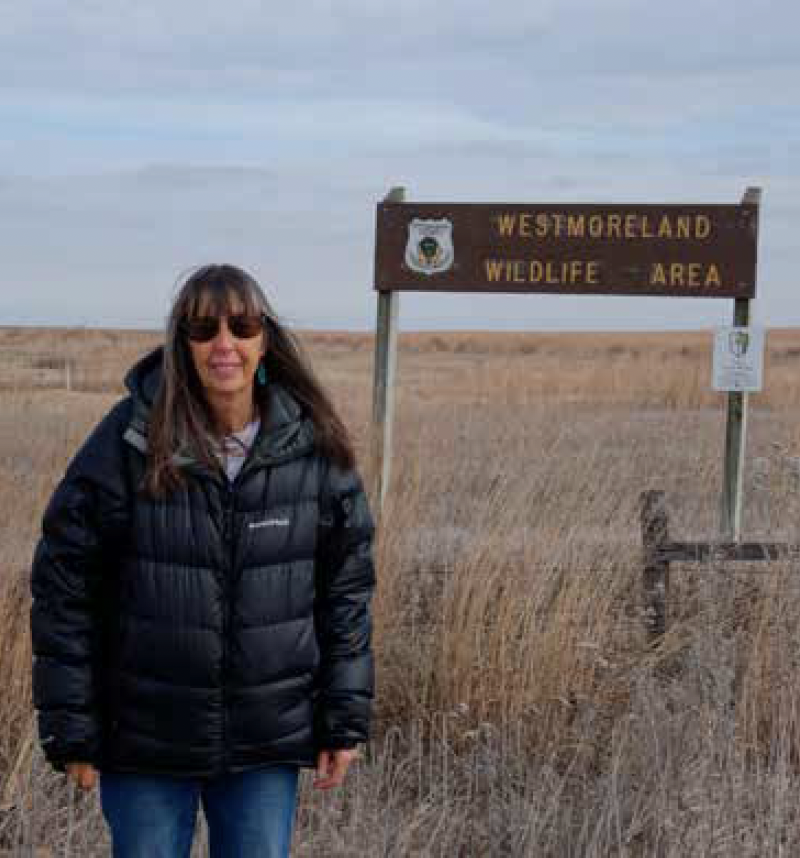
I wasn’t planning to move back to the community and the farm was located where it would be difficult for a regenerative farmer to get established. So I decided it would be better for me to sell the land. Part of my decision was based on maintaining family harmony. I didn’t want to create issues with my sisters.
I had some requirements though. There are a lot of CAFOs [Confined Animal Feeding Operations] in the area, and I wanted to make sure the land didn’t end up in animal confinement. We had a six-acre parcel with a well that would be easy to turn into an animal confinement facility, so we donated that parcel to the Iowa Natural Heritage Foundation [INHF]. My dad had donated 80 acres to INHF back in the ’90s – which is now the Westmoreland Wildlife Area – so we already had some connection with the organization. With that agreement between the three of us, I was comfortable moving ahead with the sale.
Selling the land was an emotional experience for me. Before the auction, I traveled to the farm and did a land blessing at each of the fields. The blessing was a prayer and a thanksgiving, a way to show gratitude to the land for being productive, for all of the gifts it gave to our lives. I acknowledged the Indigenous people whose land was taken and that my family were stewards for just a short time.
I also wrote a land legacy letter, which was a summary of my memories of the farm, what I knew of the history of the land, and my hopes and wishes for the future of the land. I wrote about playing hide and seek in the pasture and about walking the bean fields pulling weeds. We got a penny a row, and some of the rows were super long and others were shorter, so my brother, now deceased, and I would fight over who got the shorter rows. I wrote about taking care of the animals and bailing hay on hot days. And the huge meals Mom and I would make to feed the crew.
In my letter, I also wrote that I wanted the land to become healthier again, with no chemicals used, buffers kept intact along the waterways, and that there be good stewards of the land in the future.
I buried the letter down near the creek.
The land blessing and land legacy letter helped bring some closure for me, an important step in letting go.
And now, I’m on a journey of deciding the best way to move forward with the proceeds from the 80 acres. This has been challenging. I have two primary intentions: to provide ongoing compensation to Indigenous people for the land stolen from them and to liberate land from being treated as a commodity. To address my first intention, I’m donating 20 percent of the proceeds to Indigenous land back initiatives and food sovereignty projects over the next 10 years. The company I co-own, Ecological Design, is also prioritizing food sovereignty work with tribal nations.
My second intention has been more challenging since structures don’t currently exist for moving working lands out of private ownership. I have been working with Commons Land for the last two years as they evolve a process and begin moving land into a Commons for farmers who have traditionally been marginalized from owning their own farms, primarily Black, Indigenous, Latinx/e, Asian, queer, and low-income white farmers. Once this is established, I plan to use a portion of the remaining funds to purchase more land. I have also been organizing regenerative culture retreats to further the evolution of a new paradigm that shifts our relationship with land and the living world we are part of.
And so the journey continues.
